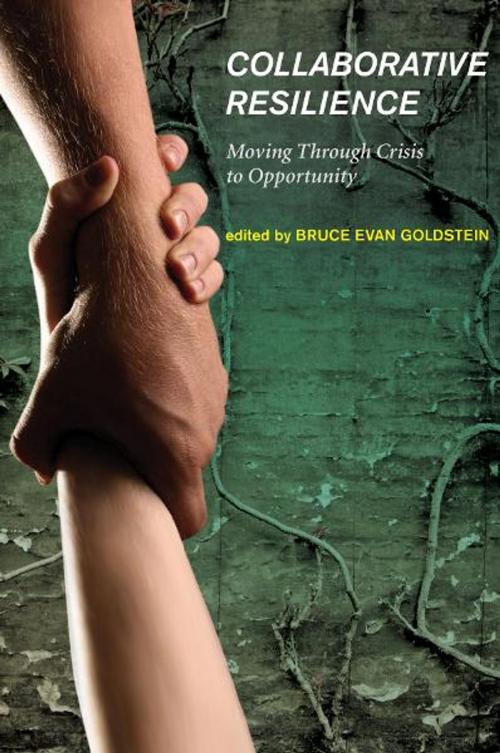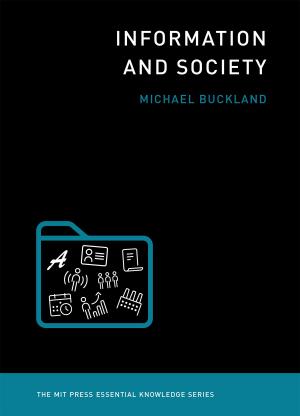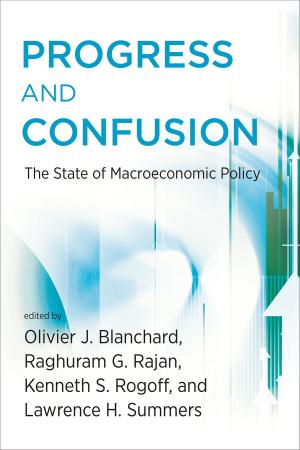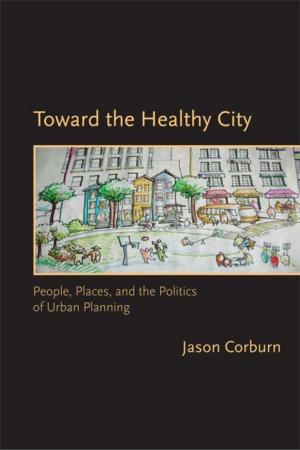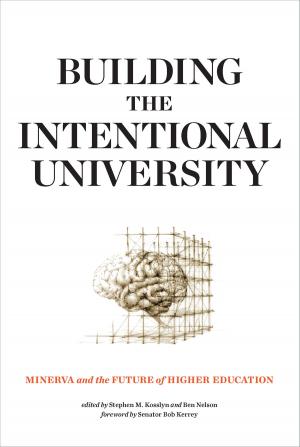Collaborative Resilience
Moving Through Crisis to Opportunity
Nonfiction, Science & Nature, Nature, Environment, Natural Resources, Art & Architecture, Architecture, Planning, Social & Cultural Studies, Social Science| Author: | Connie Ozawa, Moira Zellner, Charles J. Hoch, Eric W. Welch, Sanda Kaufman, Jana Carp, John Randolph, Luis A. Bojorquez-Tapia, Hallie Eakin, Edward P. Weber, Patrick McConney, Terrence Phillips, Frank Dukes, Jill Williams, Steven Kelban, Robert Arthur, Richard Friend, Melissa Marschke, Karen E. Till, Ryan Bullock, Derek Armitage, Bruce Mitchell, William Hale Butler, Bruce Evan Goldstein | ISBN: | 9780262297578 |
| Publisher: | The MIT Press | Publication: | October 28, 2011 |
| Imprint: | The MIT Press | Language: | English |
| Author: | Connie Ozawa, Moira Zellner, Charles J. Hoch, Eric W. Welch, Sanda Kaufman, Jana Carp, John Randolph, Luis A. Bojorquez-Tapia, Hallie Eakin, Edward P. Weber, Patrick McConney, Terrence Phillips, Frank Dukes, Jill Williams, Steven Kelban, Robert Arthur, Richard Friend, Melissa Marschke, Karen E. Till, Ryan Bullock, Derek Armitage, Bruce Mitchell, William Hale Butler, Bruce Evan Goldstein |
| ISBN: | 9780262297578 |
| Publisher: | The MIT Press |
| Publication: | October 28, 2011 |
| Imprint: | The MIT Press |
| Language: | English |
Case studies and analyses investigate how collaborative response to crisis can enhance social-ecological resilience and promote community reinvention.
Crisis—whether natural disaster, technological failure, economic collapse, or shocking acts of violence—can offer opportunities for collaboration, consensus building, and transformative social change. Communities often experience a surge of collective energy and purpose in the aftermath of crisis. Rather than rely on government and private-sector efforts to deal with crises through prevention and mitigation, we can harness post-crisis forces for recovery and change through innovative collaborative planning.
Drawing on recent work in the fields of planning and natural resource management, this book examines a range of efforts to enhance resilience through collaboration, describing communities that have survived and even thrived by building trust and interdependence. These collaborative efforts include environmental assessment methods in Cozumel, Mexico; the governance of a "climate protected community" in the Blackfoot Valley of Montana; fisheries management in Southeast Asia's Mekong region; and the restoration of natural fire regimes in U.S. forests.
In addition to describing the many forms that collaboration can take—including consensus processes, learning networks, and truth and reconciliation commissions—the authors argue that collaborative resilience requires redefining the idea of resilience itself. A resilient system is not just discovered through good science; it emerges as a community debates and defines ecological and social features of the system and appropriate scales of activity. Poised between collaborative practice and resilience analysis, collaborative resilience is both a process and an outcome of collective engagement with social-ecological complexity.
Case studies and analyses investigate how collaborative response to crisis can enhance social-ecological resilience and promote community reinvention.
Crisis—whether natural disaster, technological failure, economic collapse, or shocking acts of violence—can offer opportunities for collaboration, consensus building, and transformative social change. Communities often experience a surge of collective energy and purpose in the aftermath of crisis. Rather than rely on government and private-sector efforts to deal with crises through prevention and mitigation, we can harness post-crisis forces for recovery and change through innovative collaborative planning.
Drawing on recent work in the fields of planning and natural resource management, this book examines a range of efforts to enhance resilience through collaboration, describing communities that have survived and even thrived by building trust and interdependence. These collaborative efforts include environmental assessment methods in Cozumel, Mexico; the governance of a "climate protected community" in the Blackfoot Valley of Montana; fisheries management in Southeast Asia's Mekong region; and the restoration of natural fire regimes in U.S. forests.
In addition to describing the many forms that collaboration can take—including consensus processes, learning networks, and truth and reconciliation commissions—the authors argue that collaborative resilience requires redefining the idea of resilience itself. A resilient system is not just discovered through good science; it emerges as a community debates and defines ecological and social features of the system and appropriate scales of activity. Poised between collaborative practice and resilience analysis, collaborative resilience is both a process and an outcome of collective engagement with social-ecological complexity.
